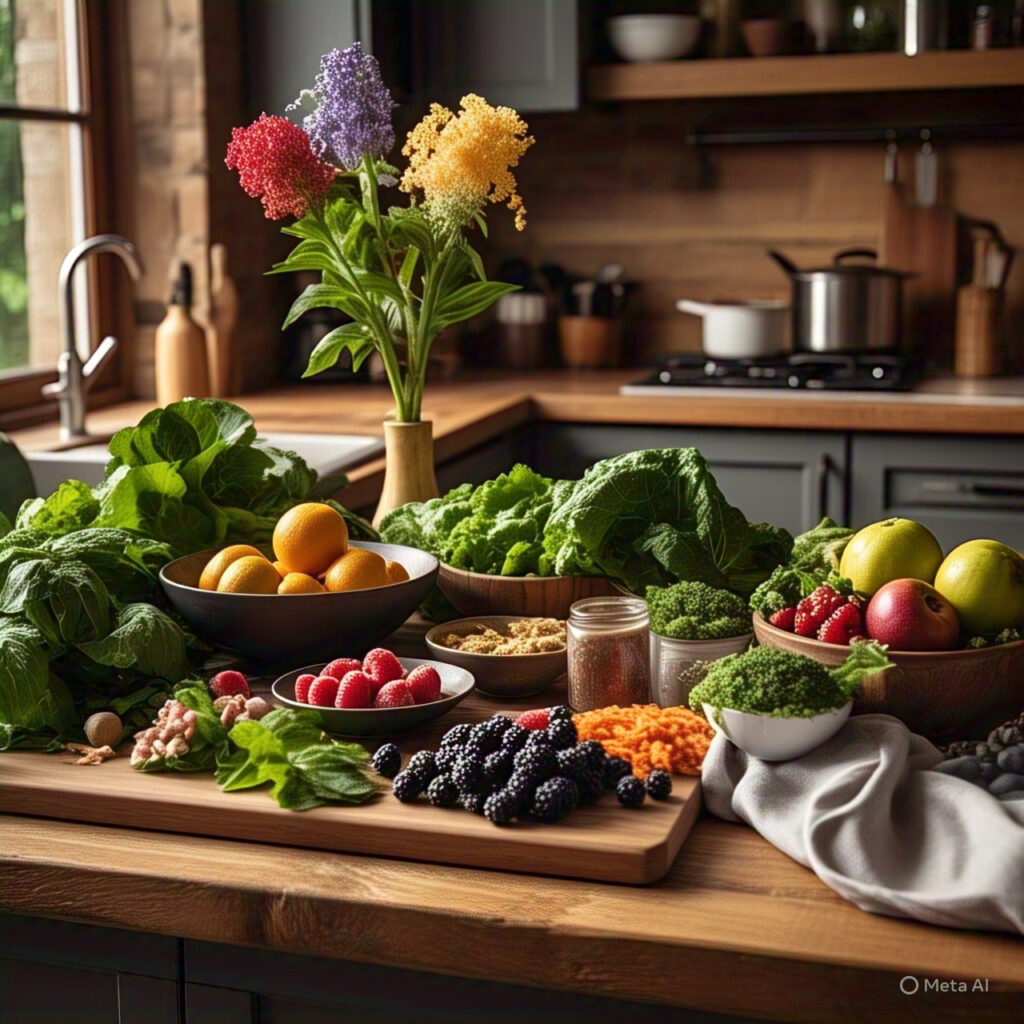A Guide to Anti-Inflammatory Foods to Incorporate into Your Routine
Discover anti-inflammatory foods that are trending in the USA and learn how to make them part of your daily routine.
Why Anti-Inflammatory Eating Is Trending in the USA
Chronic inflammation is linked to various health conditions, from fatigue and brain fog to heart disease and autoimmune disorders. That’s why anti-inflammatory diets are trending in the USA — not as fads, but as lifestyle choices that support long-term health. This guide will walk you through what inflammation is, which foods can help reduce it, and how to incorporate them into your daily life.
What Is Inflammation and Why Should You Care?
Inflammation is your body’s natural response to injury or infection. While acute inflammation helps you heal, chronic inflammation can silently damage tissues over time. Common symptoms include joint pain, fatigue, digestive issues, and even depression. Reducing this type of inflammation through food is one of the most powerful things you can do for your health.
Why Anti-Inflammatory Foods Are Gaining Popularity
Thanks to social media, wellness influencers, and growing awareness post-pandemic, foods that fight inflammation are becoming more popular across the USA. Diets like the Mediterranean and plant-based have taken center stage, supported by both doctors and content creators who showcase gut-friendly meals on TikTok and Instagram.
Top 10 Anti-Inflammatory Foods to Add to Your Routine
Blueberries
Rich in antioxidants and vitamin C, blueberries combat oxidative stress and reduce inflammation naturally.
Leafy Greens
Spinach, kale, and arugula provide essential vitamins and minerals that support detoxification and reduce inflammation.
Fatty Fish (Salmon, Mackerel)
Loaded with omega-3s, fatty fish like salmon help lower inflammation and improve heart health.
Olive Oil
Extra virgin olive oil is a healthy fat rich in antioxidants and known to fight inflammatory markers in the body.
Tomatoes
High in lycopene, tomatoes reduce inflammation and support skin and heart health.
Garlic & Onions
These sulfur-rich vegetables strengthen the immune system and contain anti-inflammatory compounds.
Turmeric
This golden spice contains curcumin, a powerful compound proven to reduce inflammation levels in the body.
Nuts (Walnuts, Almonds)
Filled with fiber, protein, and healthy fats, nuts are anti-inflammatory and heart-friendly.
Beans & Legumes
These plant-based proteins are high in fiber and polyphenols, supporting a healthy gut and reducing inflammation.
Green Tea
Green tea contains EGCG, an antioxidant known to decrease inflammation and boost brain function.
How to Easily Incorporate These Foods into Your Daily Routine
Adding anti-inflammatory foods doesn’t mean overhauling your entire diet. Start small:
- Breakfast: Oatmeal with blueberries and walnuts
- Lunch: Spinach salad with olive oil dressing and grilled salmon
- Dinner: Turmeric rice with beans and sautéed tomatoes
- Snacks: Green tea, almonds, or a handful of cherry tomatoes
1-Day Sample Meal Plan:
- Morning: Green tea + overnight oats with chia seeds and berries
- Midday: Veggie bowl with quinoa, kale, turmeric chickpeas
- Evening: Baked salmon + roasted vegetables in olive oil
Foods That Increase Inflammation
While adding anti-inflammatory foods is key, it’s also smart to limit pro-inflammatory ones such as:
- Refined sugars and carbs (white bread, soda)
- Processed meats (bacon, hot dogs)
- Excess alcohol
- Deep-fried foods and trans fats
Final Tips for Building a Sustainable Routine
- Shop seasonal produce and buy in bulk
- Prep meals ahead and freeze leftovers
- Follow dietitians or gut-health creators on social media
- Try wellness apps like Yuka to scan ingredients
Conclusion
Embracing an anti-inflammatory lifestyle can help reduce chronic symptoms, boost immunity, and enhance your overall well-being. As this approach continues trending in the USA, more people are realizing that food can be powerful medicine. Start with one or two swaps and build from there—you’ll feel the difference in no time.
Want more wellness content? Subscribe to our newsletter or follow us on social media for daily inspiration!

